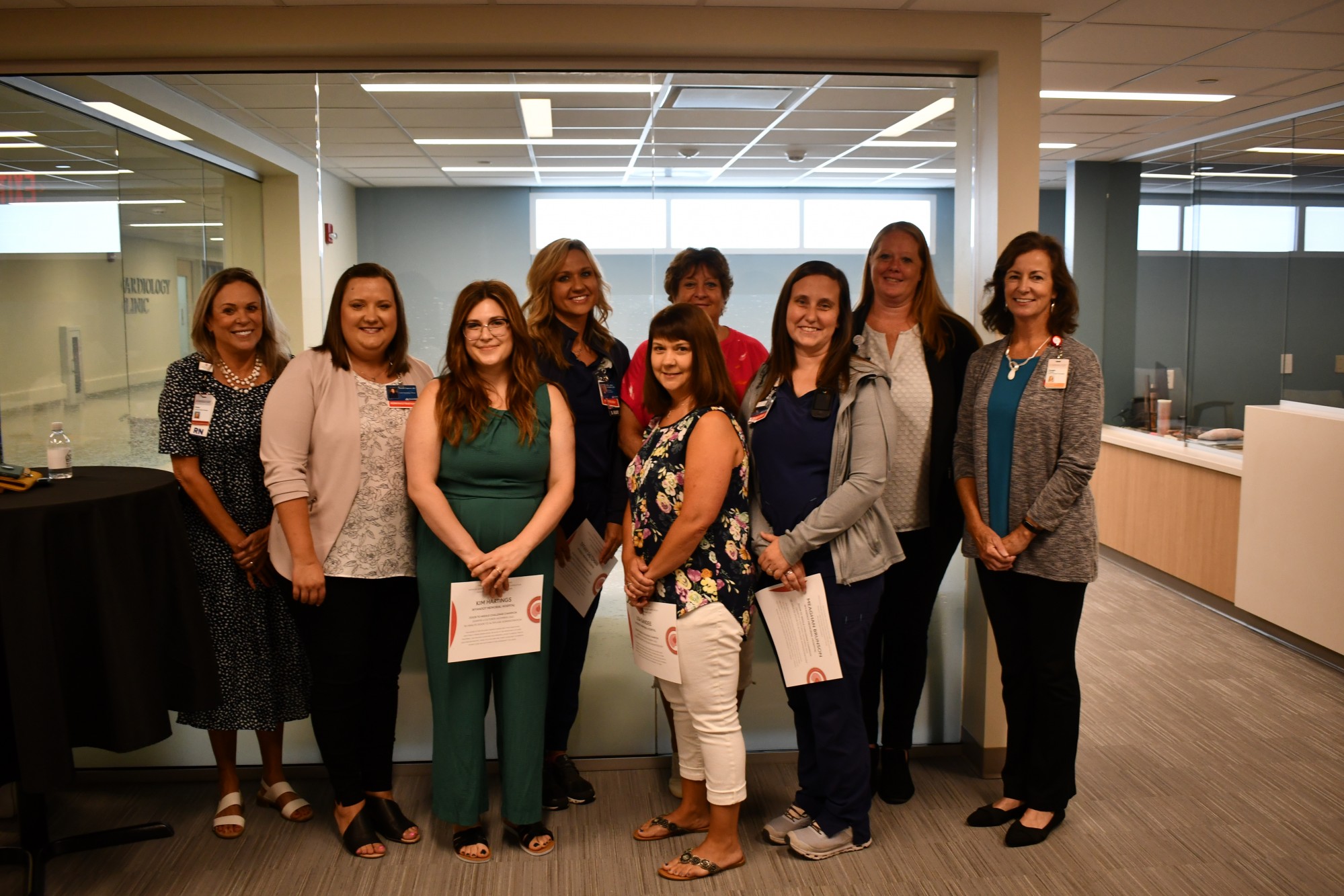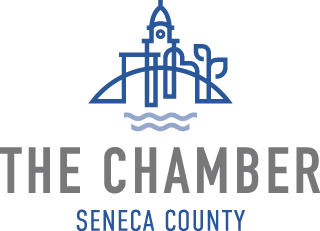Wyandot Memorial Receives Award for Fastest Stroke Care

The Ohio State Telestroke Network recently presented Wyandot Memorial Hospital with its Door-to-Needle award for the hospital’s administration of clot-busting medication within 30 minutes of a patient’s arrival.
Staff helping to care for the patient at WMH received certificates for being the Telestroke Network’s winners in the fourth quarter of 2022.
“Wyandot Memorial is 1 of 30 hospitals throughout Ohio participating in the Telestroke Network,” Emergency Department Nursing Director Sue Moore said, “and this award recognizes how well our team responds and works with the network.”
The Telestroke Network was established by The Ohio State University Wexner Medical Center to share its expertise in stroke diagnosis and treatment and deliver critical stroke care throughout the state. Wyandot Memorial has been a member of the network for more than 10 years and the partnership has proven valuable according to Moore.
“By working together, we’ve saved lives and improved outcomes for countless patients,” she acknowledged."
In 2023 alone, Moore reported the hospital has already contacted Ohio State’s stroke team 54 times for assistance with patients presenting to the Emergency Department with symptoms of stroke.
“Stroke is a medical emergency that requires immediate attention,” noted WMH Emergency Department Medical Director Dr. Mark Sniadanko. “Stroke occurs when blood flow to the brain is blocked, or when a blood vessel bursts. When someone is having a stroke, every minute counts. Within minutes, brain cells begin to die. That’s why we often say ‘time is brain.’”
Dr. Deepak Gulati, a neurologist and stroke specialist at The Ohio State University Wexner Medical Center, explained one of the major goals of the Telestroke Network is to increase access to advanced stroke care in regions of Ohio that do not have neurovascular and neurosurgical physicians.
“When someone is taken to one of those emergency departments with stroke symptoms, experts are mobilized both there and at Ohio State through a ‘stroke alert,’” Dr. Gulati said.
The Telestroke Network utilizes video technology – called the “stroke robot” at WMH – that directly links Ohio State stroke specialists to the physicians in the Emergency Department. This allows Ohio State’s team to interview the patient, view computed tomography (CT) scans and other real-time testing to quickly identify bleeding and damage in the brain. Since only a small minority of stroke patients qualify to receive intravenous clot-buster medications or surgical removal or repair of clots to stop brain bleed, having expertise virtually in the room to explore options is critical to developing a treatment plan.
“Patient outcomes improve with early action in treatment and restoring blood flow,” Dr. Gulati stated. “For every minute delay in medical treatment, the brain loses 2 million neurons."
Sometimes patients can be successfully treated at WMH; but if an advanced level of care is required, a transfer to Ohio State’s Stroke Comprehensive Center is arranged where endovascular neurosurgeons can remove clots with a stent retriever in a procedure called a thrombectomy. Ohio State’s surgeons are also trained in a specialized procedure to ensure that hemorrhagic strokes caused by ruptured brain aneurysms do not re-rupture and cause further damage.
Ohio State’s stroke team, which includes vascular neurologists, neurocritical care physicians and vascular neurosurgeons who are part of Ohio State’s Neurological Institute, is available around-the-clock to provide assistance with patients through the Telestroke Network.
“Years before COVID-19 made telehealth commonplace for healthcare providers and patients, the Ohio State Telestroke Network was increasing access to advanced stroke care,” Dr. Sniadanko said. “In fact, The Ohio State University Wexner Medical Center was one of the first hospitals in the country – and one of only nine Ohio hospitals – designated as a comprehensive stroke center by The Joint Commission and the American Health Association/American Stroke Association.”
Approximately 800,000 people in the country suffer one of two kinds of stroke each year. Ischemic stroke occurs when a blood clot blocks a blood vessel in the brain, which injures brain tissue. Hemorrhagic stroke is caused by a blood vessel that bursts and bleeds into the brain. “Mini-strokes” or transient ischemic attacks (TIAs) occur when the blood supply to the brain is briefly interrupted.
“The Door-to-Needle award we received was for a patient experiencing an ischemic stroke last fall,” Moore recounted. “She presented at our ED with stroke-like symptoms at 8:47 a.m., and the stroke protocol was immediately enacted for on-site testing and consultation with Ohio State stroke specialists. At 9:13 a.m. our staff administered the clot-busting medication as directed.”
Continued monitoring by Ohio State stroke specialists indicated further care may be needed, and the patient was transferred by 10:15 a.m.
“Receiving the Telestroke Network award for this patient encounter recognizes our commitment to excellence and our unwavering focus on improving stroke readiness,” Chief Nursing Officer Danielle Pagnard added. “It is a reflection of our collective determination, innovative thinking and collaborative spirit.”
Dr. Sniadanko emphasized that anyone with these symptoms of stroke should immediately call 911:
- Sudden numbness or weakness of the face, arm or leg (especially on one side of the body).
- Sudden confusion, trouble speaking or understanding speech.
- Sudden trouble seeing in one or both eyes.
- Sudden trouble walking, dizziness, loss of balance or coordination.
- Sudden severe headache with no known cause.
For more information about Wyandot Memorial’s participation in the Ohio State Telestroke Network, contact Moore by phoning 419-294-4991, extension 2044.
« Back to BlogFollow us:
Tiffin, Ohio 44883
Friday: 8AM - 3PM

